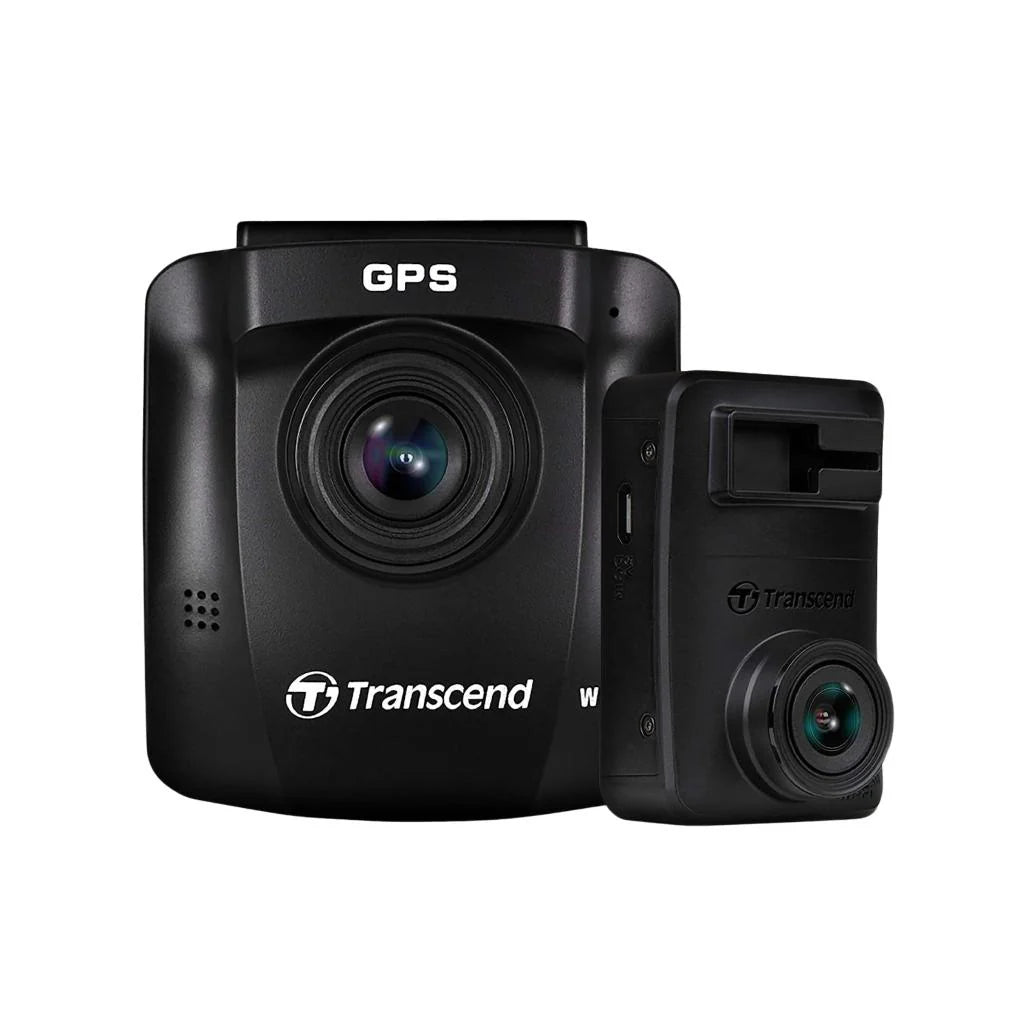A dashcam, also known as a dashboard camera, is a valuable tool for recording driving experiences and promoting road safety. When selecting the perfect dashcam for your needs, it is essential to consider various factors that will enhance your driving experience and meet your requirements.
Here are some key aspects to evaluate:
Video Quality:
Ensure that the dash cam you choose offers a minimum resolution of 1080p Full HD to guarantee clear and detailed footage. While higher resolutions such as 1440p or 4K provide sharper images, they often come at a higher cost. Consider your budget and preferences when making this decision. Additionally, opt for a dashcam with a higher frame rate, preferably at least 30 frames per second, to ensure smooth video playback, especially when capturing fast-moving objects like license plates.
Field of View (FOV):
The wider the field of view, typically between 120 to 170 degrees, the more road coverage your dash camera will provide, including multiple lanes and surrounding areas. Choose a field of view based on your driving preferences and the typical routes you traverse.
Night Vision:
To capture clear recordings in dark or poorly lit conditions, ensure that the dash cam has good low-light performance or dedicated night vision capabilities. This feature enhances the overall quality of your footage, even in challenging lighting situations.
Storage Capacity:
Dash cameras utilize microSD cards to store footage. Verify compatibility with high-capacity cards, ranging from 32GB to 128GB, to allow for extended recording periods without overwriting essential footage. Some dashcam models also include loop recording functionality, which automatically overwrites old footage when the card reaches full capacity.
Additional Features:
Consider additional features that can enhance your dashcam experience. GPS dash camera logging provides location data alongside video footage, which can be useful for pinpointing incidents or logging routes. A G-sensor detects sudden movements or impacts, automatically locking and protecting footage to prevent accidental deletion. Wi-Fi connectivity enables convenient transfer of footage to smartphones or computers without removing the microSD card.
Mounting and Installation:
Choose a dashcam that offers easy mounting and adjustment. Most dashcams utilize suction or adhesive mounts for placement on the windshield. Ensure that the mount provides stability without obstructing the driver's view.
Budget and Brand:
Establish a budget aligned with your requirements and prioritize reputable brands known for reliability and customer support. Reading reviews and user feedback can provide valuable insights into performance and durability.
Legal Considerations:
Familiarize yourself with local regulations regarding dash camera usage, especially concerning privacy and mounting locations. Adhere to legal guidelines to avoid potential penalties.
Maintenance and Upkeep:
Select a dash camera that is easy to maintain. Regularly check and format the microSD card to prevent data corruption and ensure optimal performance over time.
Warranty:
Look for dash cameras offering warranties that cover defects or malfunctions. A longer warranty period typically indicates the manufacturer's confidence in product quality and customer satisfaction. Choosing the right dashcam involves carefully evaluating your specific needs, available features, and budget. Whether you aim to enhance safety, deal with insurance claims, or simply preserve memorable journeys, a dashcam can prove invaluable.
